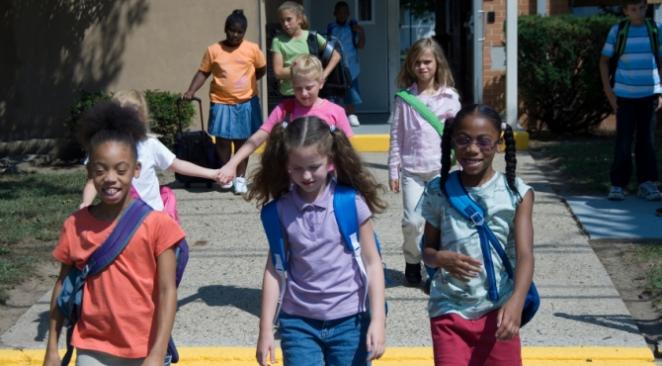The Effects Of Foreclosure On Children And Schools

Little information exists about the children living in families facing foreclosure. Having well-grounded analysis raises the profile of how the crisis is affecting children and spurs local conversations about how communities can minimize the negative effects. To inform national and local policy, NNIP launched a cross-site project supported by the Open Society Foundations and Fannie Mae on the effects of foreclosures on the residential and school mobility of school-age children.
Participating partners in Baltimore, New York City, and Washington, D.C:
- Matched address-level student, property, and foreclosure notice data (see data analysis plans below).
- Wrote first local briefs about how many children in both renter and owner families were affected by the foreclosure crisis and whether the children were concentrated in neighborhoods or schools.
- Wrote second local briefs to demonstrate the extent to which foreclosure increased changes in school and residences and how the new neighborhoods and schools compared to the original ones.
The cross-site brief summarizes the findings and discusses implications for practice and policy.
Related Projects
The Annie E. Casey Foundation has funded a follow-on program of work to disseminate the findings of the study to educate decision-makers; and convene local roundtables in Baltimore and Washington, D.C. of housing and school practitioners to discuss ways to improve local support systems for children experiencing foreclosure.
The Furman Center for Real Estate and Urban Policy and NYU's Institute for Education and Social Policy have also been awarded a grant by the John D. and Catherine T. MacArthur Foundation to build on the findings of this project. The research will test whether and how housing instability affects students’ educational outcomes in four major markets suffering from unusual housing instability—New York City, San Diego, Fresno and Pinellas County, Florida.
